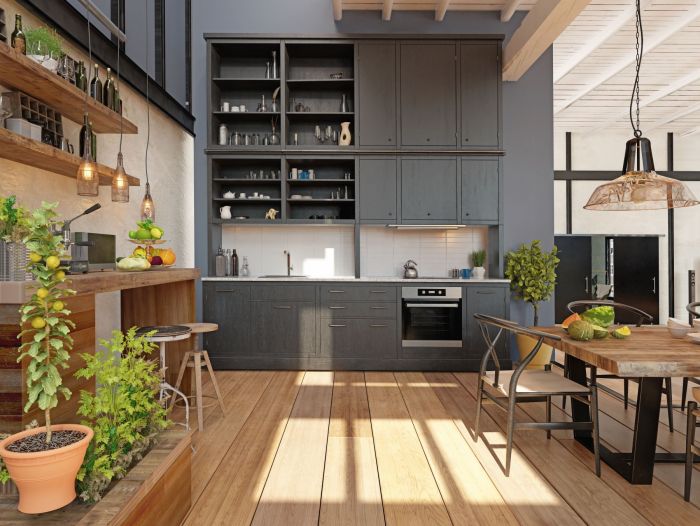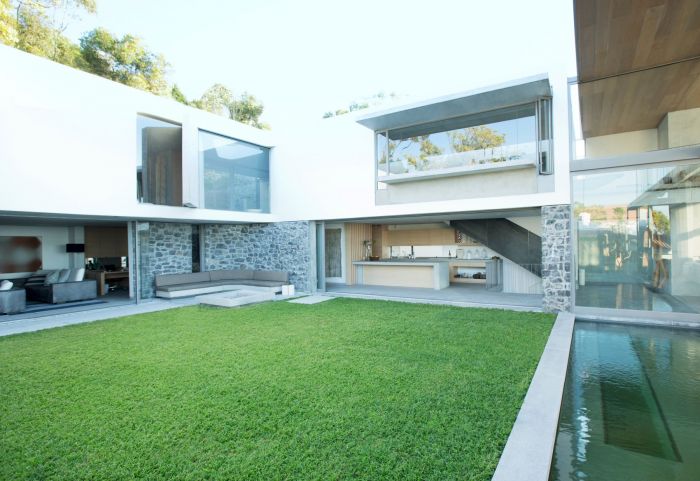
California Housing Laws ADUs 2025: Smarter Kitchens and Compliant Builds Made Simple
Introduction
Accessory dwelling units (ADUs) have become a cornerstone of California’s housing strategy, offering homeowners flexibility and communities much-needed housing supply. In 2025, new state laws are streamlining the process of designing, approving, and building ADUs—making them more accessible than ever before. For homeowners, this means less red tape, lower costs, and more opportunity to add value to their property.
This guide explains the key laws, the benefits for homeowners, and how to approach design and construction to make your ADU functional, compliant, and income-ready.
Why ADUs Matter in California’s Housing Crisis
Rising Demand for Flexible Housing
ADUs are being built for a variety of reasons: creating multigenerational living options, generating rental income, or providing affordable housing alternatives in high-cost markets. They allow homeowners to maximize existing property while addressing statewide shortages.
Statewide Push for More Units
California’s leaders continue to promote ADU development as a practical solution to the housing crisis. Streamlined laws are ensuring that homeowners can bypass many of the traditional barriers that once delayed or discouraged construction.

Key California ADU Laws Effective in 2025
AB 1332 – Preapproved ADU Plans
By January 1, 2025, all cities and counties must provide programs with preapproved ADU plans. This reduces design costs and expedites the approval process, giving homeowners ready-to-use blueprints that meet local codes.
AB 2533 & SB 1211 – Uniform Compliance
Local governments must align their ordinances with state law. Any conflicting local rules are invalid, creating consistency statewide and ensuring homeowners can rely on streamlined processes.
Streamlined Ministerial Approvals
Permits must now be processed ministerially, without hearings or discretionary reviews. This dramatically shortens approval timelines and reduces uncertainty.
Fee Relief for Small ADUs
Impact fees cannot be charged for ADUs under 750 square feet. This provision saves homeowners thousands of dollars and makes small-scale projects financially viable.
Amnesty and Legalization Programs
Cities like Berkeley are offering amnesty programs that allow unpermitted ADUs to be legalized without penalty, encouraging homeowners to bring existing units up to code.
How New Laws Benefit Homeowners
Faster, Cheaper Projects
With fewer fees and streamlined approvals, building an ADU is faster and more affordable. This opens opportunities for more homeowners, especially those previously deterred by costs or delays.
More Rental and Equity Potential
ADUs offer a path to generate rental income, increase property value, or provide affordable housing for family members. The simplified laws mean these benefits are within reach for more households.
Opportunities in Specific Cities
Cities across Northern and Southern California are adopting preapproved plans, cutting weeks or months off project timelines. Sacramento, Los Angeles, and Bay Area municipalities are among the most active in embracing these new rules.

Designing Functional and Income-Ready ADUs
Space Optimization for Small Footprints
Because ADUs often have limited square footage, every inch matters. Open layouts, multi-purpose furniture, and efficient storage maximize usability without sacrificing comfort.
Kitchen, Storage, and Daily Living Needs
A well-designed kitchen is often the centerpiece of an ADU. Compact yet fully functional kitchens can make the difference between a livable space and a cramped one. For homeowners focused on designing efficient layouts, working with experts in kitchen remodel Sacramento can ensure cabinetry, finishes, and layouts are customized for ADU living.
Energy Efficiency and Sustainability
Incorporating solar panels, insulation, and water-saving fixtures aligns with California’s environmental goals and keeps long-term operating costs lower.

Navigating Construction and Compliance
Partnering With Experienced ADU Builders
Given the evolving legal landscape, it’s critical to work with professionals who understand state requirements. Homeowners looking to take advantage of the new laws can turn to specialists like Golden State ADUs, who focus on designing and building units that comply with California regulations while delivering efficient, modern designs.
Budgeting and Financing
ADUs vary in cost, typically ranging from $100,000 to $250,000 depending on size and finish. Financing options include cash-out refinancing, construction loans, and home equity products.
Avoiding Common Pitfalls
Homeowners should avoid skipping permits, overlooking HOA restrictions, or underestimating construction timelines. With the new laws, compliance is simpler, but due diligence remains essential.

Quick Checklist for ADU Success in 2025
- Review local preapproved ADU plans from your city or county.
- Confirm eligibility for impact fee exemptions if building under 750 sq. ft.
- Prioritize kitchen and storage design for livability.
- Hire an experienced builder who understands the 2025 legal requirements.
- Plan for long-term maintenance and potential rental management.
Conclusion
California’s 2025 ADU laws represent a major step forward in addressing the housing crisis while giving homeowners new opportunities to expand their properties. With faster approvals, lower costs, and access to preapproved plans, ADU projects are more attainable than ever. By combining thoughtful design, smart planning, and professional expertise, homeowners can create income-ready, functional spaces that add long-term value to their homes.









